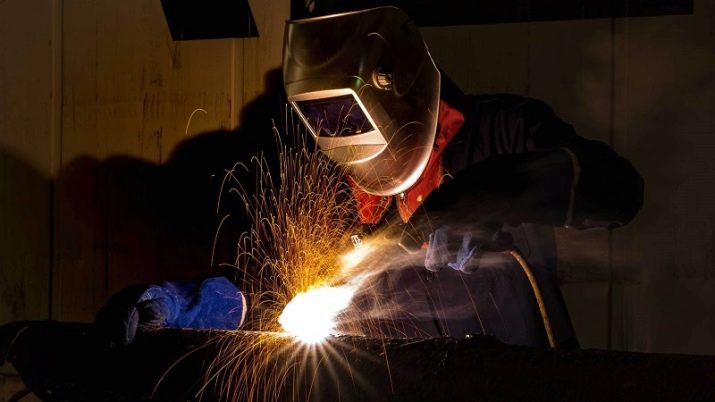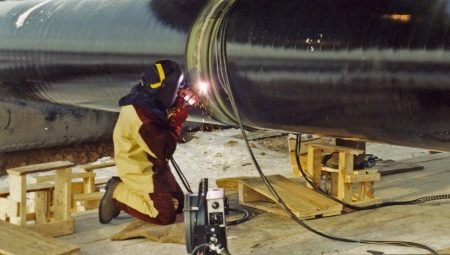Everyone knows in general what a welder does. But it’s far less clear who such NAKS welder. We need to deal with this and find out why certification is needed.
Features
In vacancies published in newspapers and on the Internet, one can often find mention of NAKS welders. This is a "mysterious" the abbreviation stands for “national welding control agency”. Such an organization originated in the early 1990s. At that moment, the quality of work of many welders fell sharply, and the need arose to uphold the prestige of the profession. This task was successfully solved, and now even the most difficult and responsible tasks are trusted by the NAKS welders.
The agency is not limited to direct certification (although this is the main task). It is also busy:
- preparation of normative acts;
- the creation of expert commissions;
- compilation of teaching aids;
- advice on proper welding;
- help in the formation of technical policies at various enterprises.

Levels of Certified Workers
The basic level is just a NAKS welder. This is a permit to perform critical types of welding and serious work. On the second level there are master welders. Such people are ready to control the conduct of the welding process. They already have the right to indicate whether the operations are completed correctly. Directions are given both orally and in writing. Third stage - technologist. Such specialists track all welding work and activities at a particular enterprise. But this is not the limit. NAKS allocates more welding engineers. They are the heads of the departments involved in welding.In addition to specific instructions, the welding engineer approves the general documentation necessary for the job.
Attention: NAKS certifies not only specialists, but also equipment and tools that can be used in critical jobs.
Certification tests are carried out in:
- primary;
- reuse;
- extraordinary order (when there are doubts about the qualification of a specialist).
It is worth considering that the qualifications of employees are checked not only “by the general level”, but also by specific specialization. So, Certificate NAKS NGDO gives the right to engage in welding:
- field and trunk oil pipelines;
- field and trunk oil pipelines;
- gas pipelines, condensate pipelines;
- reservoirs;
- offshore pipelines;
- shutoff valves;
- pumps;
- compressors;
- oil and gas pipes (when they are manufactured or repaired under industrial conditions);
- pipelines of automated gas filling stations.
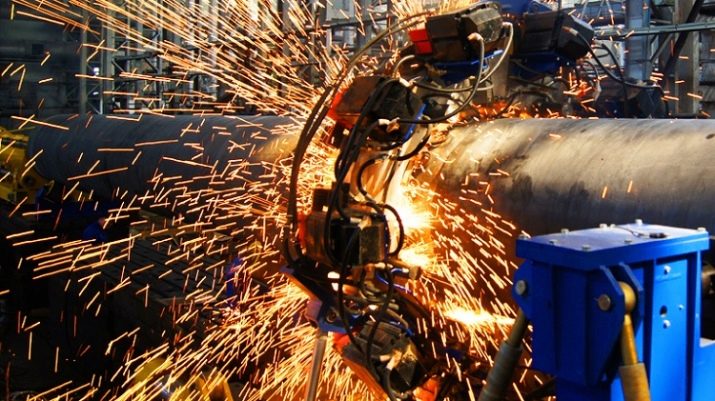
The NAKS PTO category is also quite popular (that is, handling equipment). This includes welding work with:
- elevators and hoists;
- cargo and construction cranes;
- pipe layers;
- cranes;
- various types of escalators;
- equipment of ropeways and their parts;
- towers;
- lifts for construction and repair work;
- cargo captures.
The next important group is KO or boiler equipment. This includes all vessels that operate under pressure above 70 kPa. Also in this category are steam boilers, steam and "hot" pipelines, where the pressure exceeds 70 kPa, or the temperature is above 115 degrees. Welders with a certificate of KO have the right to “cook” fittings, protection and control systems. Finally, they are allowed to work with metal structures on which various types of boilers are installed.
The GO clearance group, i.e. gas equipment, covers:
- complexes of internal gas supply;
- fuel equipment of boilers, technological machines and apparatuses;
- water heaters;
- burners;
- underground and aboveground gas pipelines (of any pressure, from different materials);
- fittings.
The category OKHNVP stands for "equipment of chemistry, petrochemistry, oil refining and explosion and fire hazardous enterprises."
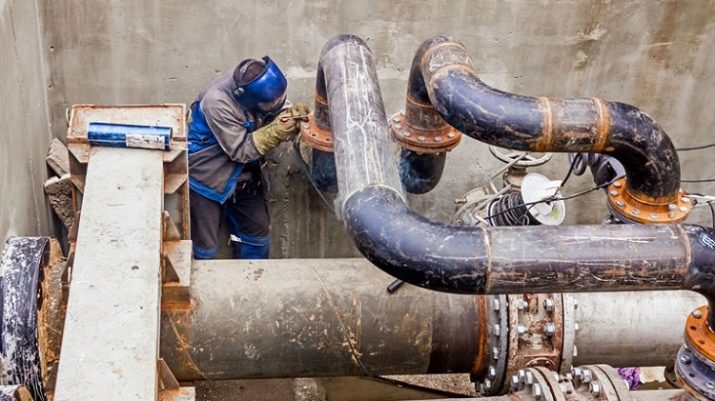
Separate OHNVP less than 16 or more MPa. Separately allocated equipment in which vacuum media are created. Also welders with this tolerance can work with:
- reservoirs where combustible, toxic and explosive substances are stored;
- cryogenic equipment;
- isothermal devices;
- industrial refrigerators;
- compressors and pumps of special complexity;
- separators;
- cylinders;
- transport tanks;
- boilers for the disposal of various substances;
- technological pipelines and their individual parts.
Separately, it should be said about welders who are allowed to work. with metallurgical equipment (or abbreviated MO). This includes not only melting and blast furnaces, but also equipment for casting, pipe rolling plants. More welders NAKS MO have an admission to work with:
- crimp;
- sheet rolling;
- stocking mills.
Additionally, there are 3 more categories:
- OTOG (equipment in which dangerous goods are transported);
- SK (structures used in construction);
- KSM (steel bridges).
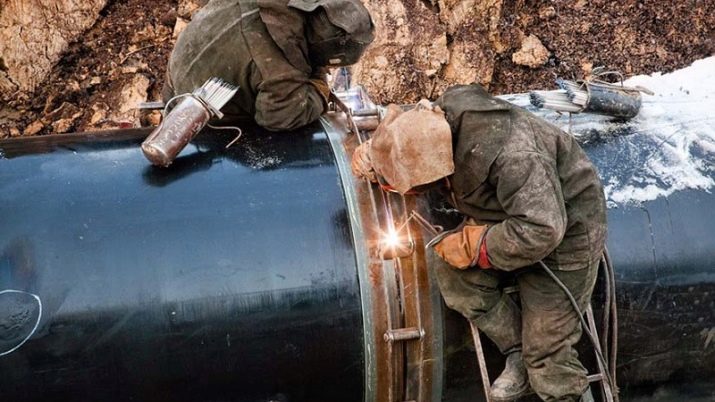
Where to get a certificate?
It’s obvious that practically in any industry, transport and energy sector, welders must obtain a NAKS certificate. Otherwise, they will be forced to confine themselves to single secondary orders. Training should be carried out only in special training centers. Each such center is included in the NAKS registry. Passing the exam is possible only by individual application.
To this statement will have to add:
- health certificate;
- documents confirming a certain work experience (usually an extract from the work book);
- safety knowledge assessment protocols;
- documents confirming professional and special training;
- personal photos on documents.
Himself the exam is divided into theoretical and practical parts. If only one step is failed, retesting is possible after 30 days. But first check the possession of practical skills. If it is not confirmed, they will no longer be given access to surrender the “theory”. Engineers and technologists to issue a certificate to the NAKS must confirm their knowledge of regulations and industry requirements. It should be noted at the same time that the commission has the right to ask questions not one, but several types of welding process. Most often, she does so. Therefore, engineers must be aware of all such subtleties.
Important: passing the NAKS exam is mandatory for all welders, and even more engineers after a break in work for 6 months or longer. Therefore, before the exam, it is advisable to familiarize yourself with the latest documentation and literature.
The best option to do this is attending courses. Particular attention is paid to them:
- security assurance;
- tracking welding quality;
- equipment used;
- basic consumables;
- methods of dealing with identified deviations from the norm in the welding process.

What gives the specialist?
It’s worth mentioning right away that not everyone needs to have NAKS documents. Bthey can very well do without them:
- ordinary specialists if their employment contract is valid for no more than 24 months;
- part-time workers;
- professionals taking advanced training courses;
- Young professionals;
- employees accepted for the competition who have been in positions for less than 12 months.
But for everyone else NAKS certification is strictly required. Management and personnel services are required to check it when applying for a job. Otherwise, the admission of an employee to perform welding operations or to control them will be unlawful. The corresponding document should be presented also by employees of inspection structures that conduct certification of firms. And for the average welder, this is the only opportunity to perform critical work on metal structures. It is necessary to verify the identity through the official website of the national association. Search is possible by the name of the employee. Be sure to also indicate:
- places of performance of certification;
- date of completion of this procedure;
- individual document number;
- the validity of the certificate (and sometimes also the time when it is permissible to renew the permit).
